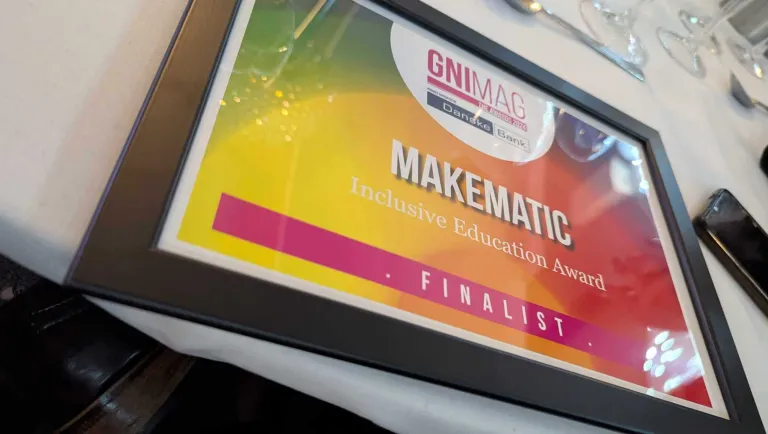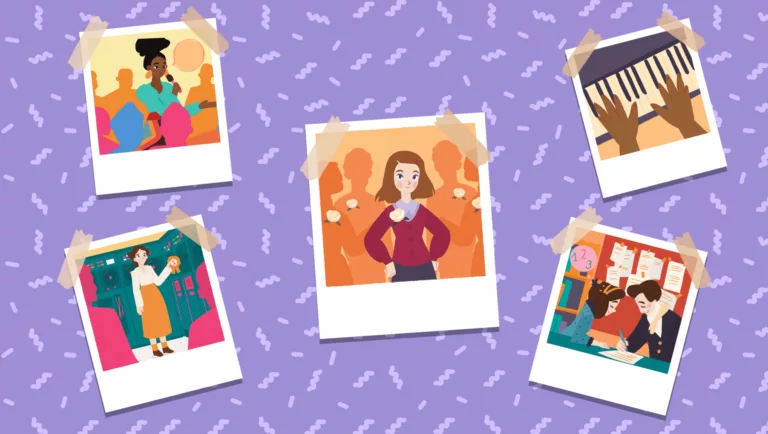
Is Your Child At The Centre of Their Education – Part Four
My previous blogs in this series have examined the impact child-centred education has had in education since its beginning with John Dewey in the 19th Century. Since then, it has rapidly progressed as a central pillar in any good education system. Moves in the UK and USA in the mid-late 20th century ensured that children were treated as individuals in schools. The introduction and then widespread adoption of educational technology in the latter 20th and early 21st century meant that child-centred education has now been fully enabled and we’ve reached a point where sophisticated AI-enabled platforms, such as Squirrel, plan learning pathways exactly suited for every student as an individual. Check out part 1, part 2, and part 3 of this series.
Whilst this has happened, many studies have appeared proclaiming that we are becoming more visual as a species and that video, especially in short form, has become completely entrenched in day-to-day life whether it’s learning about news, fixing a car, taking a short course, or watching an educational film in the classroom. Numerous commercial studies abound, which resoundingly say that humans are visual creatures, mainly due to the way that our brains process information. A study in this area as long ago as 1986, carried out by researchers at the University of Minnesota found that respondents retained a huge amount more information when colour visuals were added to any presentation. More recently, Bobek and Tversky (2016) in Springer Nature’s Journal of Cognitive Research: Principles and Implications strongly suggest that the addition of visual stimulus in any situation where learning is involved, improves the overall outcome of attainment whilst also stimulating and improving for example spatial awareness.
And the knock-on effect? I see my young sons and their friends very absorbed with visual content (videos on Youtube in particular) and 3D visual stimulus in games such as Minecraft and Roblox. The combination of an abundance of powerful devices coupled with global internet coverage has led to the point we are at now where so much content is competing for a limited amount of our screen time. Where video content is concerned, this, in turn, means that any subject from hobbies through to academia, the person interacting with the content expects short <3 minute clips which incorporate commentary, live footage, animation, and fact-filled motion graphics, ensuring that as much information as possible can be given in that <3 minute clip.
Everyone has a video camera in their pocket so in the mass market expressing ourselves visually on social networks such as TikTok has become second nature. What happens on Facebook doesn’t stay on Facebook in more ways than one. Those technologies or new modes of presenting the content which become the norm on Facebook, travel and “niche” into other areas of our daily content consumption. In the morning when we look at a news site, Facebook or LinkedIn, today we are bombarded with short-form video, so it has become expected in all areas of our lives.
Our reliance on video content is only going to grow. It has pretty much accelerated at light speed in the last 10 years to the point where we’re more visual and more reliant on it than ever, and the next 10 will see us integrate short-form video content in every area of our lives. In education, it will become key.
At Makematic we are seeing this uptick already and we expect it to grow exponentially to the point where anyone producing educational content will place video at its core. Everything else will become secondary to the overall learning experience that video content brings.


